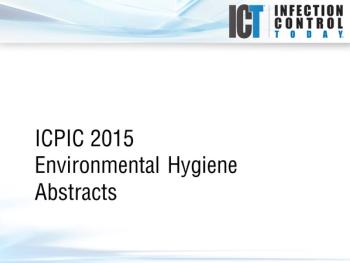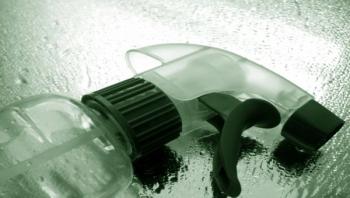
Environmental Services
Latest News
Advertisement
Advertisement



This report presents a review of the basics relating to disinfectants and how to ensure their proper and optimal use in healthcare institutions as part of a structured program to address healthcare-associated infections.















This digital issue explores the challenges associated with proper cleaning and disinfection in the sterile processing department (SPD).







Advertisement
Advertisement
Trending on Infection Control Today
1
More Than One Path: Why Infection Prevention Needs the Voices of Non-RN Professionals
2
ACIP Updates Recommendation for Universal Infant Hepatitis B Vaccination
3
Nasal Microbiome Study Redraws the Map of Staphylococcus aureus Carriage
4

